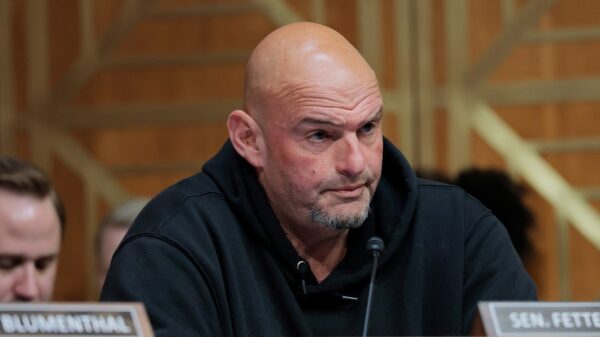Healthcare costs are anticipated to rise by 9% in 2026 for large employers, marking a significant increase compared to recent years. This projection comes from a comprehensive survey conducted by the National Business Group on Health and Mercer, which gathered insights from various organizations across the United States.
The forecast reveals a profound shift in the healthcare landscape, as employers brace for escalating expenses. The survey indicates that large employers, defined as those with 500 or more employees, expect their healthcare costs to reach an average of $13,800 per employee in 2026. This figure represents a notable increase from the $12,600 average reported in 2023.
Factors Driving Increased Costs
Several factors contribute to this rising trend in healthcare costs. A significant driver is the ongoing impact of inflation, which has affected various sectors, including healthcare. Additionally, employers are facing pressures from increasing prices for medical services and prescription drugs. The survey notes that nearly 80% of employers attribute the hike in costs to higher utilization of healthcare services as employees return to in-person work.
Employers are also grappling with the challenge of providing comprehensive healthcare coverage while managing expenses. Many organizations are exploring various strategies to mitigate these costs, including enhancing wellness programs and offering telehealth services. These initiatives aim to promote preventative care and reduce the need for more expensive treatments later on.
Employer Reactions and Future Outlook
In light of these anticipated increases, employers are actively seeking solutions to manage their healthcare expenditures. Some are considering adjustments to their benefit offerings, while others are focusing on negotiating better rates with healthcare providers. According to the survey, about 60% of employers plan to implement changes to their health plans to address the rising costs.
While the outlook for 2026 may seem daunting, it is essential for employers to remain proactive in their approach to healthcare benefits. By investing in employee health and wellness, organizations can foster a healthier workforce, ultimately leading to lower costs in the long term.
In summary, the expected 9% increase in healthcare costs for large employers in 2026 underscores the ongoing challenges in the healthcare system. As organizations navigate these changes, they must balance the need for comprehensive health coverage with the imperative to control expenses. The strategies they adopt now may have significant implications for their financial health and employee well-being in the years to come.








































































